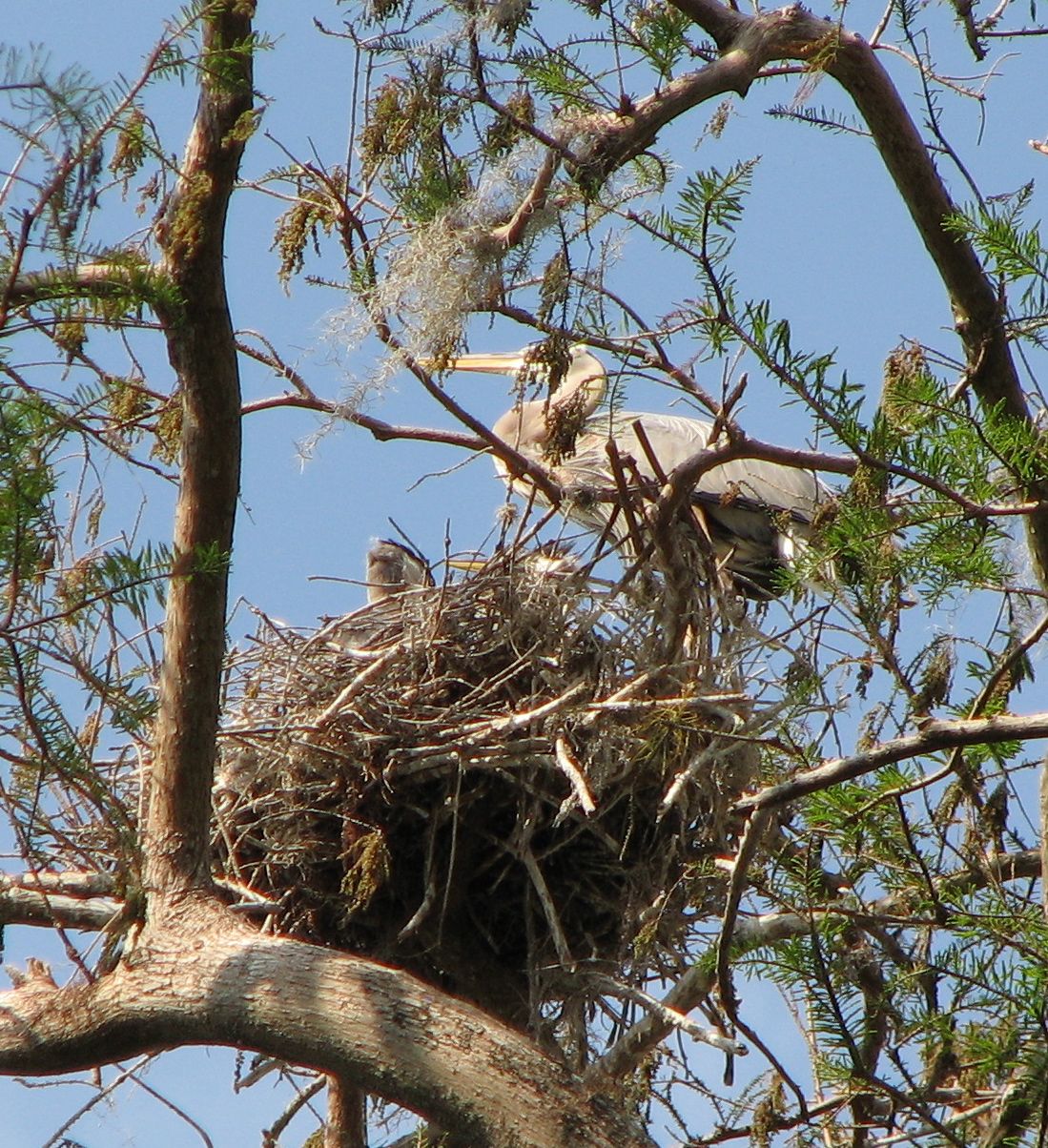A comprehensive definition of ecology:![]()
"the whole system, including not only the organism-complex, but also the whole complex of physical factors forming what we call the environment."
“Though the organisms may claim our prime interest, when we are trying to think fundamentally, we cannot separate them from their special environments, with which they form one physical system.”
Arthur George Tansley, 1871-1955.
ecology is the study of living populations of both as individual members and as entire species in relation to their surroundings; both their organic and inorganic conditions of existence.
inorganic situation & Organic milieu
Predator-prey | Energy flow | thermal | edaphic | milieu
LoadingThe specimen is seen in the entire context of its surroundings, its predator and prey relationships and the vicissitudes of its life-cycle; its complete milieu.
As a synthetic and analytical science, ecology describes relations among
living creatures in an attempt to predict the impact of measurable internal and external changes on the species, populations, or individuals in question.
The connections among immediate, proximate, and distant influences can be too tenuous, so that ecological studies emphasize measurable and observed patterns on scales ranging from physically small and molecular scales to regional flora and fauna comprising landscapes, watersheds and entire water bodies. How the population alters its existence is as crucial to comprehend as the impact that a changing environment has on the population, its members and related species.
The angel fish and the anemone are symbols of precisely how intimate two genetically separate species can become under conditions which secure their common survival.
The inorganic conditions of existence.
Mount Etna, volcano in Sicily, Italy, by Thomas Cole, 1843.
The importance of geothermal energy as a source for electricity, though water intensive, is often overlooked in favor of coal and oil shale. This is because people do not take an ecological approach to technical solutions, but look instead at narrower economic or commercial viewpoints.
There is an order to habitat ecology defined as zones of life.
![]()
Lichens and mosses persist on a tree.
The organic conditions of existence: bacteria, fungus, plants & animals.
The organic conditions of existence are living and once living participants in the present or past ecological systems that define the present situation for living creatures.
The jaguar, a "top level" predator only survives if there are sufficient prey, ample territory, reproductive security and manageable levels of competition for the species to meet its needs. The Jaguar like the Canadian Lynx is ecologically dependent on a sufficient prey population.
Often this concept is referred to as predator - prey relationships where each animal's niche is dependent on the other, such that the at the top of a pyramid– the top level predator's population is dependent on the size and availability of the prey population. But that is overly simplistic.
Energy transfer means interdependent relations among diverse life in particular places:
The ecological pyramid has many varieties to reveal the contingency of one level of life on the other.
Edaphic refers to the situation or milieu created by certain factors such as poor drainage, soil chemistry, fire, or salt and pH changes.
![]()
The difficulty in predicting what climate change will do to birds.
When defining the surroundings as an active milieu consider the single bird, the nest from which new birds emerge, and the entirety of the living conditions within which the birds in the last photo derive sufficient nourishment.
Meaning of milieu and sensitivity.
 The Great Blue, or Louisiana Heron's nest is a metaphor that expresses the depth and implication of the milieu and sensitivity it evokes from creatures that is required for their reproductive success in the future.
The Great Blue, or Louisiana Heron's nest is a metaphor that expresses the depth and implication of the milieu and sensitivity it evokes from creatures that is required for their reproductive success in the future.
While milieu literally is the French word for environs, or surroundings as seen below in the painting of the Forest at Fontainebleau near Paris, the implication refers to the shifting situation, socially and ecologically to which all creatures adapt or perish doing so. Many have called it the web of life.
Jean-Baptiste-Camille Corot, The Forest at Fontainebleau, 1846. Oil on Canvas, Boston Museum of Fine Arts
Sources for defining the surroundings as an active milieu and human responsibility:
Sir Arthur George Tansley defined ecology having read Eugenius Warming's Plant Ecology of Denmmark in the 1890s.
"Danish botanist Eugenius Warming, in 1898. After reading Plantesamfund (translated into English as Oecology of Plants: An Introduction to the Study of Plant Communities in 1909, it was the first book to contain the word “ecology” in its title), Tansley was inspired."
"In this work [Plantesamfund] {Eugenius Warminh} he introduced the concepts of plant communities and life forms which became key terms in plant ecology which developed as a distinct and attractive discipline during the first decade of the twentieth century. After the publication of his principal work Warming dedicated much of his time to popular lectures, articles, pamphlets and books on evolution."
inorganic situation & Organic milieu
Predator-prey | Energy flow | thermal | edaphic | milieu
Solving ecological problems
schedule | Home | Atlas | site-map | Ecology | laws | quick look
Science Index | Site Analysis | Population Index | Global Warming Index | Nature Index | Research sites.
Dictionary | Terms | Glossary | Word webs | Basic vocabulary | Advanced Vocabulary | Antonyms | Synonyms
Writing | Interviews | Free Writing